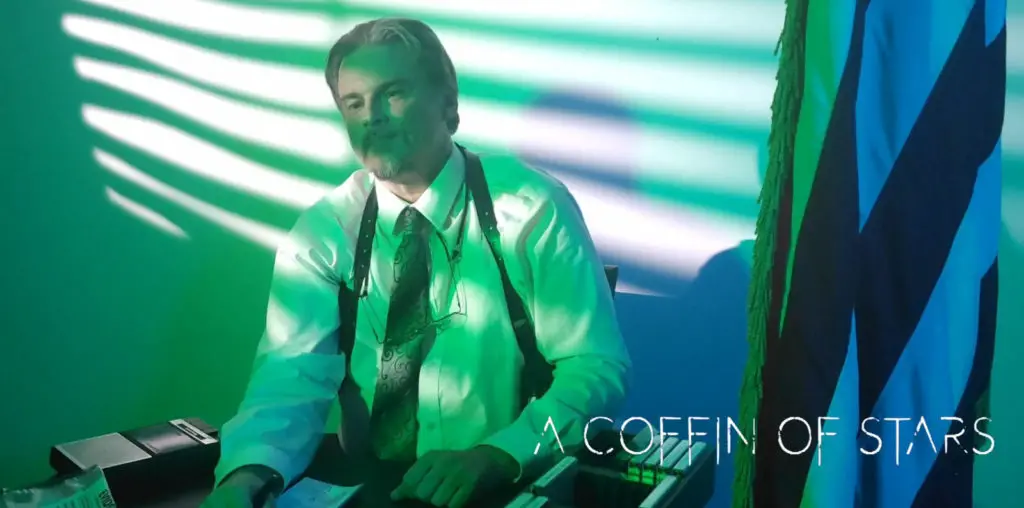
I’m not going to lie, when I saw the trailer for the new thriller “Grand Piano,” I was pretty skeptical. In it, the evil voice of John Cusack has somehow set it up so that if world renowned concert pianist Tom Selznick (Wood) screws up just one, single note in his piano concert, he will blow his brains out with a high powered rifle. To prove he’s not joking, after this information is delivered, a red laser-sighting beam settles on Selznick’s hand. Uh-oh, big trouble! But here’s the thing, “Grand Piano” is an incredibly clever, gripping and well-done film and much like the concert pianist on-stage, one wrong move would doom this film. I was happy that it, ahem, hits all the right notes.
I had never heard of the film’s director, Eugenio Mira, but the film’s writer, Damien Chazelle, recently got major buzz out of Sundance for his Grand Jury Prize winning film “Whiplash,” which he wrote as well as directed. Although I’ve yet to see that film, I now have confidence Chazelle has got some great skills. Here he constructs a taut, almost 1970’s throwback thriller that kept me interested all the way through. Many have said the film is an ode to Brian DePalma but I tend to disagree. Sure, there’s an operatic type backdrop, some murder and a split-screen shot but these aren’t done in the same way or for the same effect DePalma goes for. More on that later.
While the film simply can’t work without a well-constructed script, director Mira also has to get pretty clever visually as this entire film is basically in one location featuring a guy playing a piano. Sure, there’s some other peripheral action, but the majority of the film is Selznick trying to play an incredibly complicated concert with John Cusack screaming in his earpiece the whole time. Mira succeeds by some terrific direction that walks the line between showy and necessary to the plot. Indeed, much like the script and the concert onstage, the direction is also a tightrope walk between believability and silliness. I felt the aforementioned split screen shot was yet another smart move for Mira to mix up and expand the limited location. DePalma uses the split-screen to disorient and sometimes toy with irony but I felt Mira uses it to spice up the action of a smallish location.
Since “Grand Piano” is quite a compact little gem, I don’t want to talk too much about the plot. I will say there are more characters than Wood and Cusack and they add to the story in important ways. Since the film is very much a psychological thriller, these other characters provide much needed conflict as well as grounding in reality. There’s also some nice character touches that make the film all that more exciting and add to the suspense.
And granted, a certain degree of giving yourself over to the film and suspending disbelief is required, moreso than with many films. But unless you’re sitting in your seat looking to take issue with every little, tiny detail, you’re in for a creative and thrilling cinematic treat in “Grand Piano.”
